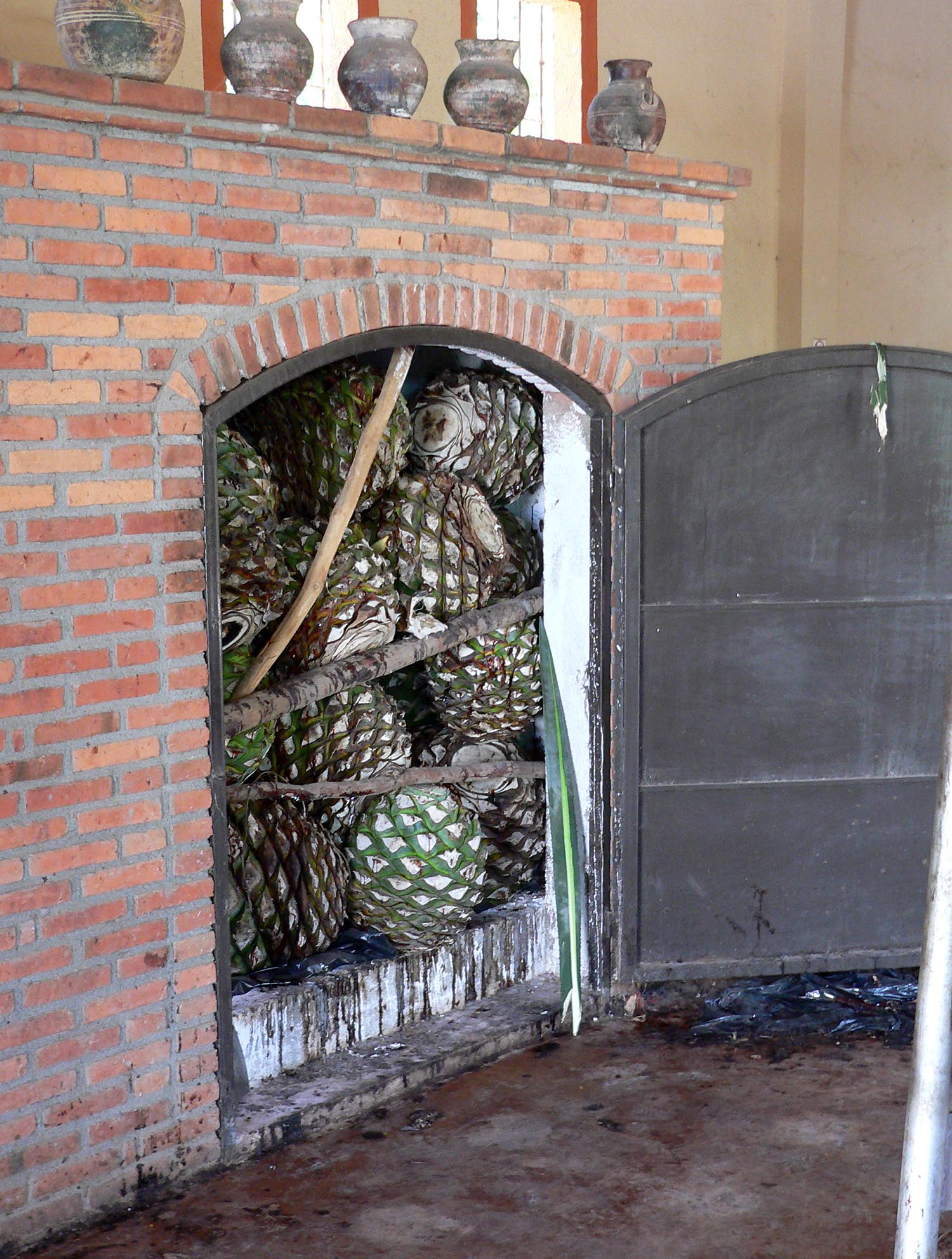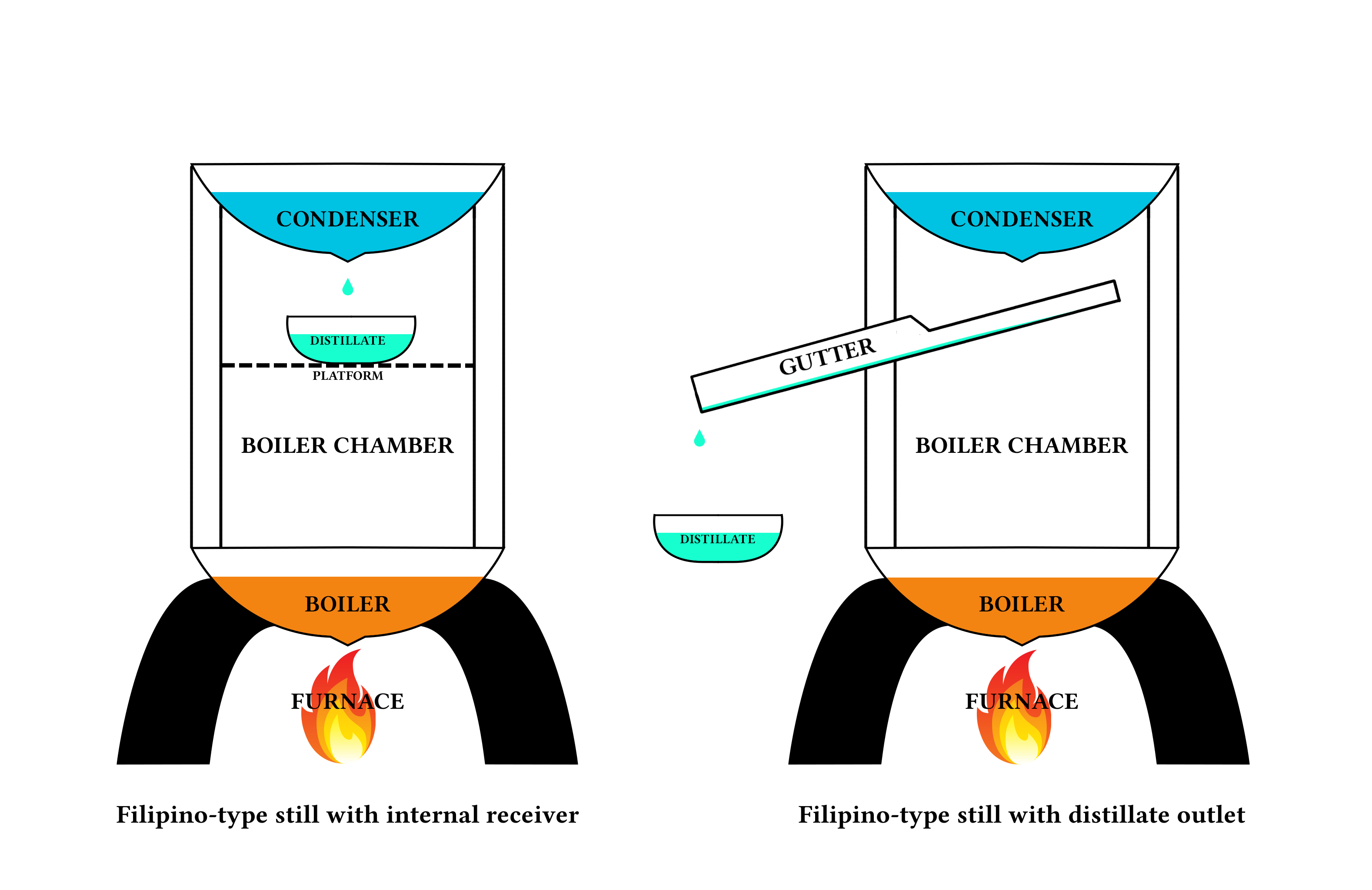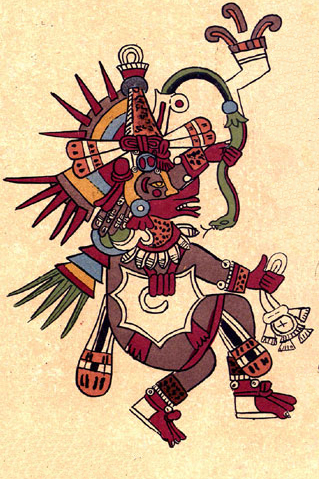|
Pulque
Pulque (; ), occasionally known as octli or agave wine, is an alcoholic beverage made from the fermented sap of the maguey (agave) plant. It is traditional in central Mexico, where it has been produced for millennia. It has the color of milk, a rather viscous consistency and a sour yeast-like taste. The drink's history extends far back into the Mesoamerican period, when it was considered sacred, and its use was limited to certain classes of people. After the Spanish conquest of the Aztec Empire, the drink became secular and its consumption rose. The consumption of pulque reached its peak in the late 19th century. In the 20th century, the drink fell into decline, mostly because of competition from beer, which became more prevalent with the arrival of European immigrants, but pulque remains popular in many parts of Central Mexico, however, and there have been some efforts to revive the drink's popularity elsewhere through tourism. Similar drinks exist elsewhere in Latin Ameri ... [...More Info...] [...Related Items...] OR: [Wikipedia] [Google] [Baidu] |
Alcoholic Beverage
Drinks containing alcohol (drug), alcohol are typically divided into three classes—beers, wines, and Distilled beverage, spirits—with alcohol content typically between 3% and 50%. Drinks with less than 0.5% are sometimes considered Non-alcoholic drink, non-alcoholic. Many societies have a distinct drinking culture, where alcoholic drinks are integrated into party, parties. Most countries have Alcohol law, laws regulating the production, sale, and consumption of alcoholic beverages. Some regulations require the labeling of the percentage alcohol content (as ABV or Alcohol proof, proof) and the use of a Alcohol warning label, warning label. List of countries with alcohol prohibition, Some countries Prohibition, ban the consumption of alcoholic drinks, but they are legal in most parts of the world. The temperance movement advocates against the consumption of alcoholic beverages. The global alcohol industry, alcoholic drink industry exceeded $1.5 trillion in 2017. Alcohol is o ... [...More Info...] [...Related Items...] OR: [Wikipedia] [Google] [Baidu] |
Tequila
Tequila (; ) is a liquor, distilled beverage made from the blue agave plant, primarily in the area surrounding the city of Tequila, Jalisco, Tequila northwest of Guadalajara, Jalisco, Guadalajara, and in the Jaliscan Highlands (''Los Altos (Jalisco), Los Altos de Jalisco'') of the central western Mexican state of Jalisco. The red volcanic soils in the region of Tequila are well suited for growing the blue agave, and more than 300 million plants are harvested there each year. Agave grows differently depending on the region. Blue agaves grown in the highlands Los Altos region are larger and sweeter in aroma and taste. Agaves harvested in the valley region have a more herbaceous fragrance and flavor. Due to its historical and cultural importance, the region near Tequila was declared a UNESCO World Heritage Site in 2006, the ''Agave Landscape and Ancient Industrial Facilities of Tequila''. Tequila differs from other mezcals—distilled spirits from the agave plant—because it is m ... [...More Info...] [...Related Items...] OR: [Wikipedia] [Google] [Baidu] |
Mezcal
Mezcal (, ), sometimes spelled mescal, is a liquor, distilled alcoholic beverage made from any type of agave. Agaves or magueys are endemic to the Americas and found globally as ornamental plants. The ''Agave'' genus is a member of the Agavoideae subfamily of the Asparagaceae plant family which has list of Agave species, almost 200 species. Mezcal is made from over 30 ''Agave'' species, varieties, and subvarieties. Native fermented drinks from agave plants, such as ''pulque'', existed before the arrival of the Spanish, but the origin of mezcal is tied to the introduction of Filipino-type stills to New Spain by Filipino people, Filipino migrants via the Manila galleons in the late 1500s and early 1600s. These stills were initially used to make ''vino de coco'', but they were quickly adopted by the indigenous peoples of the Pacific coastal regions of Mexico and applied to the distillation of agave to make mezcal. Mezcal is made from the heart of the agave plant, called the . Th ... [...More Info...] [...Related Items...] OR: [Wikipedia] [Google] [Baidu] |
Bacanora
:''Other uses: the town of Bacanora, Sonora.'' Bacanora is an agave-derived liquor made in the Mexican state of Sonora. The distillation of Bacanora was illegal until 1992 despite being bootlegged by ''vinateros'' for many generations. Since 2000 Bacanora has been a denominación de origen, and thus mezcal can legally be called Bacanora only if produced by the agave variety grown in the Sonora municipalities of Bacanora, Sahuaripa, Arivechi, Soyopa, San Javier, Cumpas, Moctezuma, San Pedro de la Cueva, Tepache, Divisaderos, Granados, Huásabas, Villa Hidalgo, Bacadéhuachi, Nácori Chico, Huachinera, Villa Pesqueira, Aconchi, San Felipe de Jesús, Huépac, Banámichi, Rayón, Baviácora, Opodepe, Arizpe, Rosario de Tesopaco, Quiriego, Suaqui Grande, Onavas, Yécora, Álamos, San Miguel de Horcasitas, Ures, and La Colorada. See also *Aguardiente *Pulque *Tequila * Mexican wine * Mexican beer *Mexican cuisine Mexican cuisine consists of the ... [...More Info...] [...Related Items...] OR: [Wikipedia] [Google] [Baidu] |
Hidalgo (state)
Hidalgo, officially the Free and Sovereign State of Hidalgo, is one of the 31 states which, along with Mexico City, constitute the 32 Political divisions of Mexico, federal entities of Mexico. It is divided into Municipalities of Hidalgo, 84 municipalities and its capital city is Pachuca, Pachuca de Soto. It is located in east-central Mexico and is bordered by San Luis Potosí and Veracruz on the north, Puebla on the east, Tlaxcala and State of Mexico on the south and Querétaro on the west. In 1869, Benito Juárez created the State of Hidalgo and made Pachuca its capital city; ''"de Soto"'' was added later in recognition of , who is considered the most important driving force in creating the state. The state was named after Miguel Hidalgo y Costilla, the initiator of the Mexican War of Independence. The indigenous peoples of the state, such as the Otomi people, Otomi, retain much of their Pre-Columbian Mexico, traditional culture. In addition to Spaniards in Mexico, Mexicans o ... [...More Info...] [...Related Items...] OR: [Wikipedia] [Google] [Baidu] |
Toltec Empire
The Toltec Empire'', ''Toltec Kingdom or Altepetl Tollan was a political entity in pre-Hispanic Mexico. It existed through the classic and post-classic periods of Mesoamerican chronology, but gained most of its power in the post-classic. During this time its sphere of influence reached as far away as the Yucatan Peninsula. The capital city of this empire was Tollan-Xicocotitlan, while other important cities included Tulancingo and Huapalcalco. History Classic Before Tula Oral traditions about the origin of Toltecs were collected by historians like Mariano de Veytia and Carlos María de BustamanteBustamante, C.M. (1835) ''Mañanas de la Alameda de México: Publícalas para facilitar á las señoritas el estudio de la historia de su país''. Vol. 1/ref> in the early 19th century. According to said accounts, there was a city named Tlachicatzin in a country ruled by the city of Huehuetlapallan, whose inhabitants called the people of Tlachicatzin "Toltecah", for their fame as dex ... [...More Info...] [...Related Items...] OR: [Wikipedia] [Google] [Baidu] |
Teotihuacan
Teotihuacan (; Spanish language, Spanish: ''Teotihuacán'', ; ) is an ancient Mesoamerican city located in a sub-valley of the Valley of Mexico, which is located in the State of Mexico, northeast of modern-day Mexico City. Teotihuacan is known today as the site of many of the most architecturally significant Mesoamerican pyramids built in the pre-Columbian Americas, namely the Pyramid of the Sun and the Pyramid of the Moon. Although close to Mexico City, Teotihuacan was not a Mexica (i.e. Aztec) city, and it predates the Aztec Empire by many centuries. At its zenith, perhaps in the first half of the first millennium (1 CE to 500 CE), Teotihuacan was the largest city in the Americas, with a population of at least 25,000, but has been estimated at 125,000 or more, making it at least the sixth-largest city in the world during its epoch. The city covered and 80 to 90 percent of the total population of the valley resided in Teotihuacan. Apart from the pyramids, Teotihu ... [...More Info...] [...Related Items...] OR: [Wikipedia] [Google] [Baidu] |
Mayahuel 1
Mayahuel () is the female deity associated with the maguey plant among cultures of central Mexico in the Postclassic era of pre-Columbian Mesoamerican chronology, and in particular of the Aztec cultures. As the personification of the maguey plant, Mayahuel is also part of a complex of interrelated maternal and fertility goddesses in Aztec religion and is also connected with notions of fecundity and nourishment. Description Origins from the maguey plant Maguey is a flowering plant of the genus ''Agave'', native to parts of southwestern modern United States and Mexico. The depictions of Mayahuel in the Codex Borgia and the Codex Borbonicus show the deity perched upon a maguey plant. The deity's positioning in both illustrations, as well as the same blue pigment used to depict her body and the body of the maguey plant on Page 8 of the Codex Borbonicus, give the sense that she and the plant are one. Furthermore, the Codex Borbonicus displays Mayahuel as holding what looks like rope ... [...More Info...] [...Related Items...] OR: [Wikipedia] [Google] [Baidu] |
Mayahuel
Mayahuel () is the female deity associated with the maguey plant among cultures of central Mexico in the Postclassic era of pre-Columbian Mesoamerican chronology, and in particular of the Aztec cultures. As the personification of the maguey plant, Mayahuel is also part of a complex of interrelated maternal and fertility goddesses in Aztec religion and is also connected with notions of fecundity and nourishment. Description Origins from the maguey plant Maguey is a flowering plant of the genus ''Agave'', native to parts of southwestern modern United States and Mexico. The depictions of Mayahuel in the Codex Borgia and the Codex Borbonicus show the deity perched upon a maguey plant. The deity's positioning in both illustrations, as well as the same blue pigment used to depict her body and the body of the maguey plant on Page 8 of the Codex Borbonicus, give the sense that she and the plant are one. Furthermore, the Codex Borbonicus displays Mayahuel as holding what looks like rop ... [...More Info...] [...Related Items...] OR: [Wikipedia] [Google] [Baidu] |
Agave Americana
''Agave americana'', commonly known as the century plant, maguey, or American aloe, is a flowering plant species belonging to the family Asparagaceae. It is native to Mexico and the United States, specifically Texas. This plant is widely cultivated worldwide for its ornamental value and has become naturalized in various regions, including Southern California, the West Indies, South America, the Mediterranean Basin, Africa, the Canary Islands, India, China, Thailand, and Australia. Despite being called "American aloe" in common parlance, ''Agave americana'' is not a member of the same family as ''Aloe'', although it falls under the same order, Asparagales. Description The common name "century plant" stems from its monocarpic nature of flowering only once at the end of its long life. After flowering, the plant dies but produces adventitious shoots from the base, allowing its growth to continue. Although it is called the century plant, it typically lives only 10 to 30 years. ... [...More Info...] [...Related Items...] OR: [Wikipedia] [Google] [Baidu] |
Aguamiel
Aguamiel ( literally ''agua'' "water" ''miel'' "honey") is the sap of the Mexican maguey plant which is believed to have therapeutic qualities. According to Native American histories, the process of obtaining aguamiel from maguey was first discovered during the reign of Tecpancaltzin (c. 990–1042) by a Toltec noble named Papantzin, whose daughter Xochitl was sent to the king with an offering of aguamiel. The sap is found in abundance among the agave plants which grow among the ruins of the Teotihuacan civilization. Also called honeywater it has been used in Mexico as a medicine. In its fermented state it has been enjoyed as a beverage for centuries. The particularly viscous beer made from Aguamiel is known as pulque in Mexico. It was available commercially beginning in 1910 and its sale was emphasized only in California prior to late 1928."Big Possibilities Shown by Zonite", ''The Wall Street Journal'', September 21, 1928, pg. 12. An individual maguey plant can produce ... [...More Info...] [...Related Items...] OR: [Wikipedia] [Google] [Baidu] |







